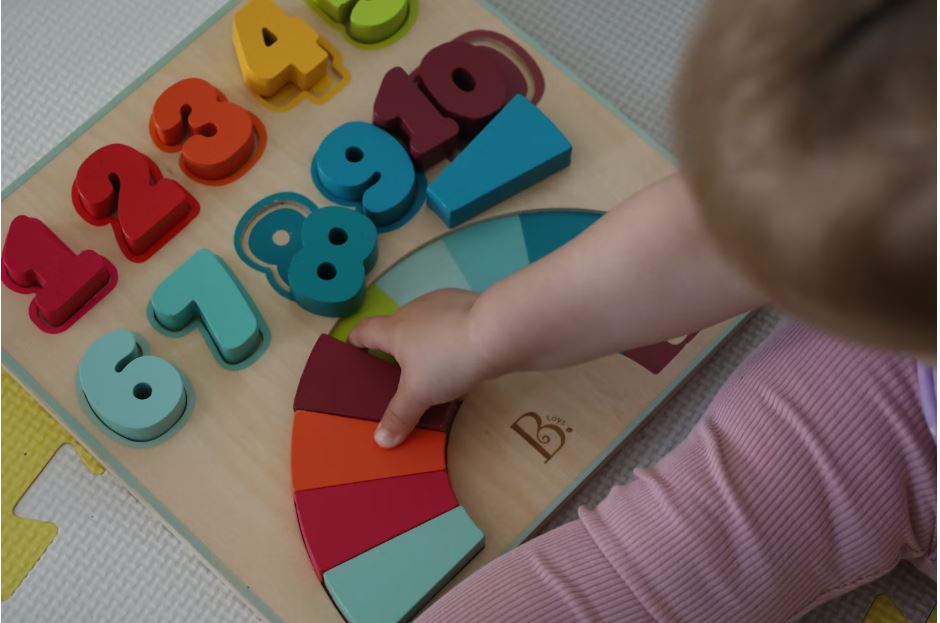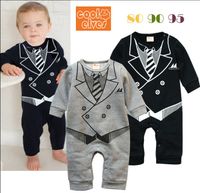
All children should grow up with a strong set of math skills. Unfortunately, math often ends up being one of their least favorite subjects in schools. When kids aren’t interested in something and they find it too challenging, they mentally check out. It can be very difficult to encourage kids to develop their math skills at home, which is why the typical approach won’t work – we’ve got to get creative!
Like all forms of education, kids respond better to learning math skills when they don’t realize they’re being taught a lesson. One way to do this is to mask the learning as fun activities that incorporate vital math skills. Start when kids are very young – I’m talking pre-K education here – so they go through school with a much deeper understanding of core math concepts. Check out these sneaky ways to disguise math lessons as fun!
Play Games
There are so many games that incorporate key math skills and engage kids without them having the tiniest inkling of what’s going on. They think they’re playing some fun games – but they’re secretly developing loads of impressive math skills like addition/subtraction, counting, and matching patterns. There are a bunch of games like this – but three stand out:
- Solitaire
- Uno
- Monopoly
Solitaire comes in many variations, but spider solitaire is the best for kids. It’s available for free online, so they can boot up the game and play whenever they want. The game is very simple: you need to create a line of cards going from King to Ace by dragging and placing them on the playing board. It’s all about learning number sequencing for kids as they see that a nine has to go under a ten and so on. There’s some pattern recognition as well, which also helps during some of their more advanced math lessons in school.
Uno is an absolute classic, yet it’s perfect for teaching your kids about math. Players need to match the cards by either putting the same number or color down. Number recognition is the critical thing here – it’s particularly useful for very young kids who are just starting to learn and recognize numbers. Uno also incorporates wild cards like +2 and +4, which will bring in some elements of addition.
Speaking of classic family games, Monopoly is another that tricks children into learning math. Kids love Monopoly because it’s a colorful board with fun little pieces – and the fake money is amazing. Little do they know, they’re learning vital skills like counting money, adding things up, subtracting, etc. Wait just a second…the more I think about it, the more I’m realizing I was tricked into developing math skills by playing Monopoly as a kid!!
Get In The Kitchen
Bringing kids into the kitchen under the illusion that they’re helping with cooking is another fantastic opportunity to dish out some math skills, such as:
- Weighing out and measuring ingredients
- Setting timers or using the clock to figure out when something needs to be removed from the oven
- Using fractions to double or halve recipes
- Simply counting the number of ingredients needed for a recipe
What’s cool about “kitchen math” is that these are practical math skills kids are learning. They can genuinely apply these things to their lives. They’ll grow up knowing how to measure ingredients for a meal or easily understanding how to halve the number of ingredients to turn a 4-person recipe into a 2-person one. All the while, they’re having fun in the kitchen with you and creating core memories.
That throws up another great benefit of this approach: you teach your kids about cooking! They develop math skills and learn how to bake or cook. It’ll serve them well as they grow older – especially in their adult years when they leave home and have to cook for themselves! And please bake mama some cookies!
Get Out In Nature
Use the world around you as your textbook. Head outside and utilize nature for today’s math lesson.
How? By doing simple things like counting the number of petals on some pretty flowers! Kids will love picking flowers and counting the different petals because it feels like a fun outdoor activity. They’re only thinking about the cool flowers you’re picking; they barely even realize they’re learning how to add.
Nature also teaches kids about different shapes by looking at natural objects. Point out the center of a sunflower and teach your child it’s a circle. Look for trees, shrubs, or other natural things and point out their shapes. These shapes will come in handy in preschool, as they are among the first math lessons children are formally taught.
There are ample opportunities to combine games with nature for some subtle math lessons. Have kids guess how many steps it’ll take to walk to the bottom of the garden or around a park playground. Then, walk and count with them – it’s so simple, but it works.
Introduce the Concept of Time
Telling time is a key part of a school’s math curriculum, so why not give them a head start at home? Time limits were briefly mentioned when talking about working in the kitchen, but go a step further and set time limits on many of your child’s daily tasks to slowly teach them how to understand the concept of and how to tell the correct time.
Get a clock and tell them they have 15 minutes to do something. 15 minutes for playtime, to get ready to go out, etc. Show them what the clock looks like when the 15 minutes are up, then reset it and see how they do. Look, they’re probably not going to nail it the first few times, but they’ll gradually grasp the concept of time limits, which helps them read clocks and learn how to tell the time.
Add a slight gamification element to this one by setting time limits on tasks the watching them rush around trying to get the tasks done in time. A reward afterward should encourage them to pay even more attention to the time and voila! Now we’re learning how to tell time!

Use Money
Where do most of us use the math skills we learned as children? More often than not, today our consistent encounters with math involve money. We always need to calculate how much things cost (too much) or work out percentages for discounts (yes, please).
So it makes sense to teach our kids about money so they develop practical, useful math skills. Here are a few ways:
- Bring them shopping and ask them to add up the price of items on your shopping list
- Play pretend games with them where they’re a shopkeeper
- Hand them some money and get them to pay at the till when you’re out and about
That second option is the best starting point for young kids: every child should have a pretend shop at some point during their development! Use fake money to teach children about adding, subtracting, and spending. Then, they “graduate” to more of the real-life money situations.
Bring them to the grocery store and ask them to add the price of certain items together. The older they get, the more items they can add up. Or, as mentioned above, simply hand them some cash and then let them check out. Or you could pay for the things then ask your child to work out how much change you’ll get.
Stuff like this works wonders on young kids, especially when they don’t like sitting down and looking through textbooks. Sometimes, we’ve gotta be sneaky and creative when teaching our children!
This is a collaborative post.


Your two-cents here: